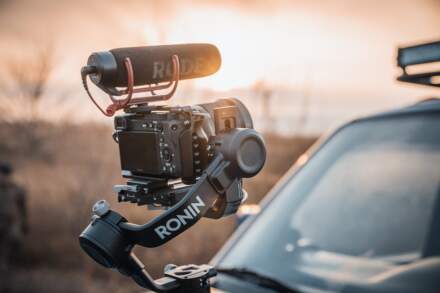Introduction
In a world increasingly filled with sedentary activities, encouraging children to engage in sports and physical activities has become more vital than ever. The benefits of sports for kids extend beyond just physical health; they promote teamwork, discipline, and improve social skills. However, to enable kids to engage in sports safely and effectively, choosing the right sports gear is crucial. With myriad options available, parents and guardians might feel overwhelmed. This essential guide aims to navigate through the maze of kids’ sports gear, ensuring that children are well-prepared for their active adventures.
Understanding the Importance of Proper Gear
Safety Considerations
One of the primary reasons for investing in quality sports gear is safety. Injuries can occur in any physical activity, and proper equipment plays a significant role in preventing them. For instance, wearing the right-sized helmet while biking or skating can drastically reduce the risk of head injuries. Similarly, football pads can absorb impact, minimizing the chances of bruises or concussions. Investing in well-fitting, sport-specific gear ensures that kids are protected while they learn and explore their physical capabilities.
Enhancing Performance
Beyond safety, the right sports gear can significantly enhance a child’s performance. For example, quality basketball shoes provide the necessary grip and support, enabling better agility and movement on the court. In contrast, ill-fitting or inappropriate shoes can impede performance and even lead to injuries. Therefore, it’s essential for parents to consider performance-enhancing features when selecting equipment, helping kids get the most out of their sporting experiences.
Building Confidence
Wearing the right gear can also boost a child’s confidence. When kids feel comfortable and well-equipped for their sport, they’re more likely to engage enthusiastically. High-quality gear can inspire a sense of professionalism and encourage children to take ownership of their sporting interests. Children wearing the appropriate gear are likely to have a more positive attitude towards their participation in sports, whether it’s joining a team or simply playing with friends at the park.
Key Equipment for Popular Sports
Team Sports: Soccer, Basketball, and Baseball
For team sports, the foundational equipment typically includes uniforms, footwear, and protective gear.
-
Soccer: Essential items for soccer include cleats, shin guards, and jerseys. Cleats designed for particular playing surfaces (firm ground, artificial turf, etc.) will enhance a child’s stability and speed. It’s crucial to select shin guards that fit snugly and provide adequate coverage according to the child’s height.
-
Basketball: Basketball shoes are vital for providing ankle support and grip. Parents should look for shoes that are lightweight, as this will help in agility during play. Additionally, a good basketball is tailored for size; children should use appropriately sized balls to aid in skill development without frustration.
- Baseball: When it comes to baseball, kids require gloves, bats, helmets, and the right footwear. Gloves should fit comfortably, allowing kids to catch and throw easily. Bats come in various materials and weights; using the correct size is imperative to prevent injuries and facilitate learning the game.
Individual Sports: Gymnastics and Swimming
Individual sports also necessitate specialized gear.
-
Gymnastics: For gymnastics, the primary equipment consists of leotards, grips, and safety mats. Leotards should allow for flexibility, while grips are essential for those performing on bars or rings. Parents must ensure that children train on appropriate mats to provide cushioning against falls and support during practice.
- Swimming: Swimming gear typically includes swimsuits, caps, and goggles. Choosing a suit designed for competitive swimming can enhance a child’s performance in the water. Goggles should fit well to prevent leaks while ensuring comfort, and a swim cap can vary in material; opting for a silicone cap helps reduce drag in the pool.
Adventure Sports: Biking and Rollerblading
Adventure sports gear is also critical for safety and performance.
-
Biking: Proper biking gear includes helmets, knee pads, and elbow pads. Helmets must fit snugly without being too tight, ensuring maximum protection during falls. Parents should ensure that pads are adjustable, providing a secure fit to protect against scrapes and cuts.
- Rollerblading: For rollerblading, skates should fit comfortably, and protective gear (such as helmets and pads) is essential. Beginners should consider knee and wrist guards especially, to help prevent injuries as they learn to balance and glide.
Conclusion
Choosing the right sports gear for kids is a foundational step in nurturing their interest in physical activities. Safety, performance enhancement, and psychological advantages associated with good gear are all vital aspects that parents must consider. From team sports to adventure activities, understanding what equipment is necessary for each type of sport can lead to informed decision-making.
Furthermore, involving children in the gear selection process can help them feel more empowered and connected to their sporting pursuits. This essential guide aims to simplify the challenges around selecting sports gear, ensuring that kids are prepared for active adventures with confidence, safety, and enthusiasm. With the right approach, equipment, and mindset, children can truly thrive in any sporting journey they embark upon.










Leave a Comment